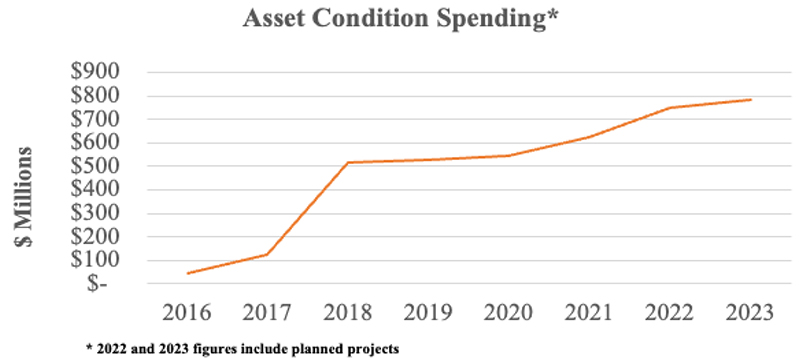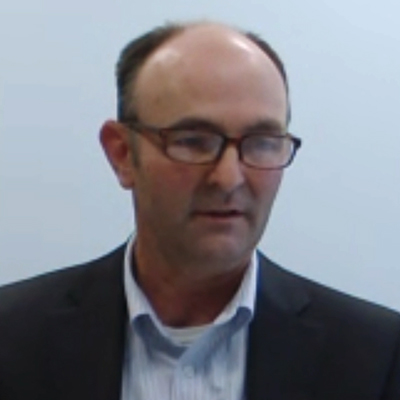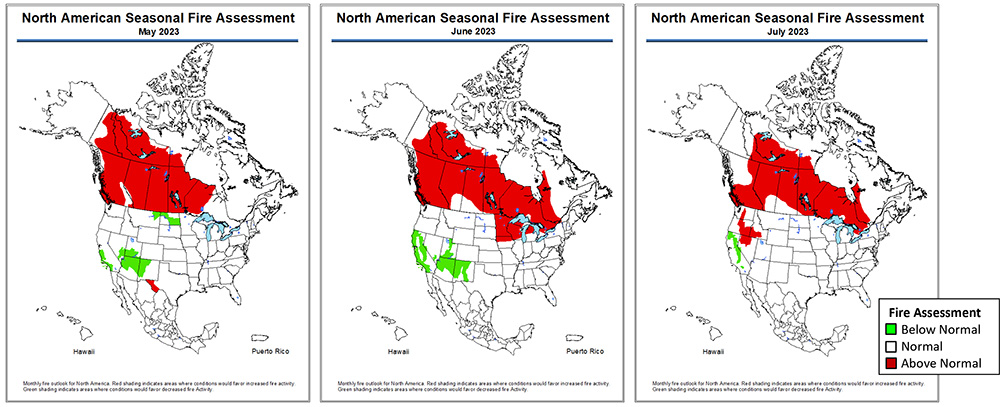ST. LOUIS — MISO participants weighed in on the grid operator’s recent moves to fortify resource adequacy during this week’s Organization of MISO States’ annual Resource Adequacy Summit.
The May 15-16 summit played out as the results from the RTO’s first seasonal capacity auction were pending. The auction was delayed a month after a FERC show-cause order to calculate an accurate capacity ratio. (See MISO Unveils New Seasonal Auction Timeline, Ratio.)

OMS held its first summit last year after an auction resulted in a subregionwide capacity shortage. (See OMS RA Summit Confronts Midwestern Supply Squeeze.) Speakers braced for more capacity gaps before Thursday’s posted results showed sufficient capacity for the 2023/24 planning year. (See related story, First MISO Seasonal Auctions Yield Adequate Supply, Prices Below $15/MW-Day.)
Reliability Planning More Complicated
“This isn’t your grandfather’s resource adequacy problem,” NERC CEO Jim Robb told attendees. He said the convergence of increasing electric demand, intermittent generation and baseload generation retirements, and intensifying weather events are complicating reliability planning.
“We all have to figure out what the right balance is between reliability, environment and affordability,” Robb said.
He said NERC is noticing a “disorderly retirement” of thermal generation where lost reliability value is outstripping new resources’ contributions. He added that firming capacity from long-duration storage, small nuclear reactors and hydrogen is a long way off.
However, he said, four-hour storage is currently making a “big, big difference” during weather events, contrasting CAISO outages between 2020 and 2022 heatwaves. Robb said fewer outages could be chalked up in part to increased storage capacity; developers added more than 2.5 GW of battery power capacity in 2022, about double the installed battery power capacity in 2021.
Robb said using a measure of capacity on a peak day to ensure resource adequacy is “not sufficient anymore.” He said MISO stakeholders must ask themselves the length of outages customers are willing to endure and how much they’re willing to pay to avoid them. He said markets should use pricing constructs that mimic where customers draw those lines.
“There’s no such thing as a worst-case scenario. There’s always worser,” he warned.
Ameren Missouri’s Andrew Meyer said counter to some perceptions, his utility carefully weighs its fossil fleet’s retirement decisions. The utility plans to keep its coal-fired Labadie Energy Center’s units and the Callaway Nuclear Generating Station online through the early 2040s.
“Some of that coal needs to remain online so we can reliably deliver a whole lot of renewables, which is what our customers prefer,” Meyer said. “We are thinking twice before we retire coal, but we do have a timeline. These are aging plants.”
Meyer said Ameren is preparing to file an integrated resource plan this fall. He said much has changed since it filed its last plan in 2020, including carbon capture and hydrogen conversion, reliability backstops in a faster clean energy transition, a consideration of seasonal generation availability and accounting for supply chain obstacles.
Constellation Energy’s Bill Berg agreed that RTOs are entering a new era of resource adequacy challenges and must roll out improved risk modeling.
“We’re learning about it. I’m not sure we’re learning about it fast enough,” Berg said of evolving risk. He said when it comes to accreditation, only about 30 hours matter throughout the year.
“The real question in my mind is, ‘Are you going to be reasonably available’” during those hours, he said.
MISO Pushes Availability-based Accreditation
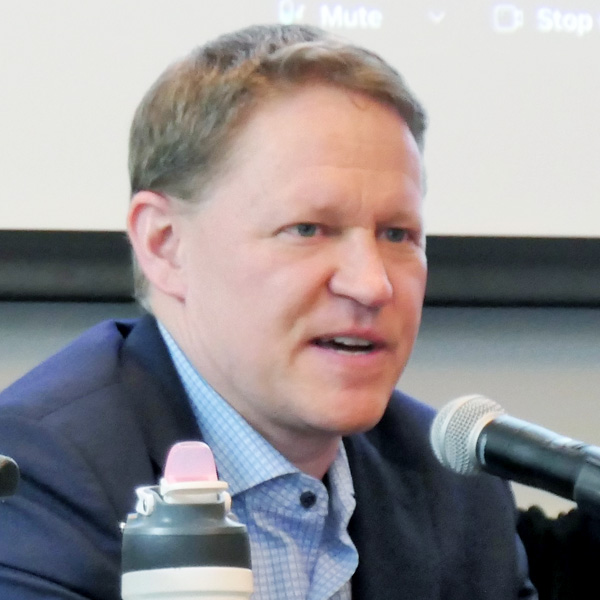 MISO VP Todd Ramey | © RTO Insider LLC
MISO VP Todd Ramey | © RTO Insider LLCTodd Ramey, senior vice president of markets and digital strategy, said MISO’s push for availability-based accreditations across all resource classes is critical, given that an ever-growing share of the fleet is becoming dependent on weather.
“This is a complex process that we were allowed to not worry about when we could assume that individual resources’ accreditation levels were static throughout the season,” he said.
Ramey pointed to the 170 GW of renewables and energy storage requests that hit MISO’s interconnection queue last year. He said decarbonization is driving more renewable energy, with the “delta” between installed capacity and accredited capacity continuing to widen.
“All arrows, all vectors are pointing to the trend continuing,” he said.
Just a few years ago, Ramey said, his team was expecting 215 GW of installed capacity by 2042. Today, staff anticipates they will have 466 GW of resources by 2042.
“Things are changing, and they’re changing faster than we thought they would a few years ago,” he said. Ramey said MISO will likely need dynamic operating reserves and load integration in its markets to keep up the pace.
He joked that MISO’s vertical demand curve in its capacity auctions worked exactly as intended: It “produce[s] inefficiently low or inefficiently high prices, if that’s your design objective as an economist.”
Adopting a downward-sloping demand curve is imperative, Ramey said, because it will eliminate some near-zero capacity pricing and keep some resources from retiring. He said allowing inefficiently low-capacity prices results in a bias that ignores real reliability risks. Retaining even a “handful of gigawatts” is crucial when MISO is on a razor’s edge to meet reserve margin requirements, Ramey said.
“I think one of the reasons we’re in the situation we are today is because the markets don’t value capacity,” Michigan Public Service Commission Chair Dan Scripps said. He said MISO should enact administrative requirements or change auction price signals to correct “essentially free” capacity prices and that Michigan agrees with the sloped demand curve.
“If the problem has been caused by the signals the market has been sending, then correcting the signals the market has been sending is probably the first step,” Scripps said.
“The market has to send a signal of the true value of the capacity,” North Dakota Commissioner Julie Fedorchak said. “One thing we’ve been really good at is retiring excess capacity, so, mission accomplished. Success. Let’s move on to other things.”
 MISO IMM David Patton | © RTO Insider LLC
MISO IMM David Patton | © RTO Insider LLCMISO Independent Market Monitor David Patton said “perpetually” clearing prices close to zero is “killing” vertically integrated utilities and forcing them to subsidize other parties who buy their excess capacity in the auctions.
Patton said he’s not worried that introducing a downward sloping demand curve will lead to surpluses. Also, he advocated for a marginal accreditation methodology that captures the diminished returns of increased output from renewable energy.
“If we accredit resources right, we’re going to find that we’re pretty tight,” he said. “I don’t see that we have any option other than to accredit capacity on the margins. It’s the only way to facilitate accurate planning. … This market cannot work without accreditation.”
Stakeholders recently pushed back on MISO’s plan to use a marginal accreditation based on units’ performance during predefined tight operating conditions. The grid operator proposed the new methodology for all resources less than a year after winning FERC approval to use an availability-based accreditation for thermal generation. A marginal approach across all resource classes will eventually have MISO assigning solar generation near-zero capacity credits by 2031. (See MISO Accreditation Impasse Persists at Workshop.)
Arne Olson, senior partner at consulting firm Energy and Environmental Economics, said that if capacity market’s primary purpose is “to provide the right incentives for economically efficient resource entry and exit,” then it must use marginal accreditation based on effective load carrying capability (ELCC).
“There, I said it,” he joked. “But it’s true.”
He said marginal ELCC accreditation is the only method that recognizes the complementary interactions between solar and battery storage, solar and wind, and renewable energy and hydropower.
“No resource is perfect,” Olson said. “We need to hold all resources to the same standard.”
He said loss-of-load probability modeling remains “the foundation for understanding resource adequacy needs.” However, he recommended the RTO adapt its weather data to account for climate change.
RA Efforts on Track, Staff Says
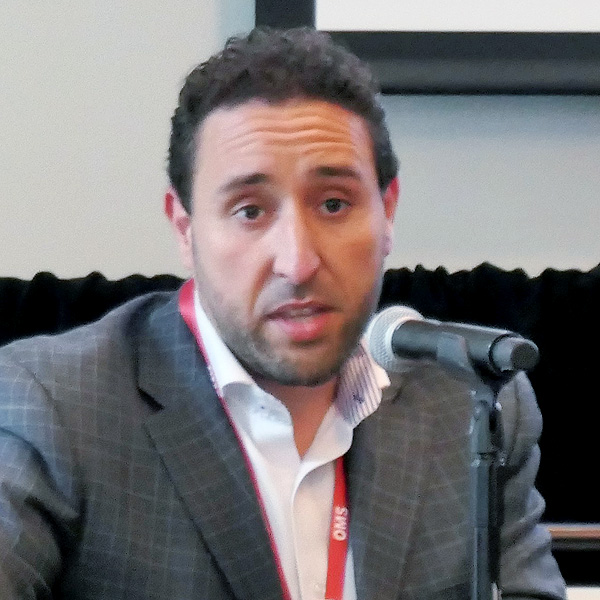 Zak Joundi, MISO | © RTO Insider LLC
Zak Joundi, MISO | © RTO Insider LLCZak Joundi, MISO’s executive director of market and grid strategy, touched the third rail of resource adequacy and accreditation during his presentation.
“I was told there are two things you can’t talk about at the Thanksgiving table: religion, politics, and I believe we should add resource adequacy. Completely polarizing, especially if you’re talking about accreditation,” he said, drawing laughs from his audience.
Joundi said though the RTO has a lot to tackle, its current RA efforts appear to be in the right direction.
He said MISO has to quicken the pace and pointed out that its transmission planning futures have transformed dramatically in the few years since their last refresh.
“There are a lot more problems coming at us faster than we have solutions,” Joundi said.
Eric Vandenberg, deputy director of FERC’s Office of Energy Policy and Innovation, said two commissioners believe much of the country is “barreling toward” a resource adequacy crisis.
“I think across the board there is a fair amount of concern,” he said, noting it’s not because any grid operator is doing anything wrong, but that the resource transition is gathering steam.
Vandenberg said the MISO region is staring down the country’s largest share of coal retirements. “I don’t think these are intractable problems. I think we can work together to solve them,” he said.
Entergy Louisiana’s Laura Beauchamp said the utility wants to bring more resources online and reliably balance the new renewables.
She said Louisiana is experiencing “once-in-a-generation” industrial load growth and Entergy doesn’t want to impede the new generation international developers are clamoring for. However, she said, Louisiana’s future load obligations are worrying.
“Our concern is planning for resource adequacy,” she said. “We don’t want to be the one to tell Louisiana it can’t grow.”
OMS Executive Director Marcus Hawkins said MISO’s progression to a voluntary auction with a vertical demand curve, including failed attempts to introduce mandatory participation, a minimum price offer rule, a sloped demand curve and a forward market for retail choice states, are examples of MISO “supporting state oversight of resource adequacy.”
He said MISO’s recent shift to a four-season capacity market with an availability-based capacity accreditation and a proposal to use a sloped demand curve still seeks to respect state jurisdiction while meeting a new operating environment.
“We have this new role where more is being considered for resources adequacy both at the state level and at the RTO level,” Hawkins said. Resource adequacy activities are becoming “increasingly connected” between the states and MISO, he said.
Transmission As An RA Fix
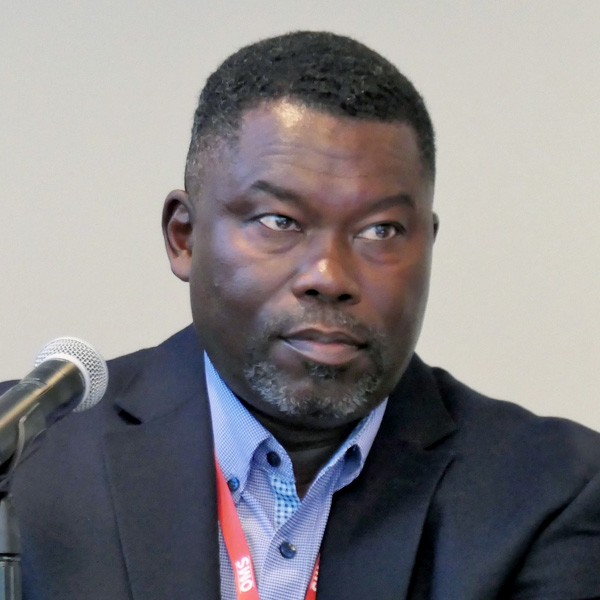 Aubrey Johnson, MISO | © RTO Insider LLC
Aubrey Johnson, MISO | © RTO Insider LLCReferring to the accreditation debate, MISO’s vice president of system planning, Aubrey Johnson said “nothing works without transmission connecting it.”
“Transmission is the conduit to deliver generation to the load,” he said.
Xcel Energy’s Drew Siebenaler said MISO’s long-range transmission planning effort is a “cornerstone” of Xcel’s future generation plans.
National Renewable Energy Laboratory researcher Jess Kuna said she’s happy that transmission expansion has entered the conversation as a way to build resource adequacy.
“We often think about resource adequacy, and we think about building generation, and then transmission comes in after the fact,” Kuna said. She said RTOs should coordinate capacity planning alongside transmission expansion.
“Since Sept. 4, 1882, when the Pearl Street Station opened, generation has been changing,” Johnson said. “Now, it’s changing at a rate faster than anything that has ever happened in the history of the electric system.”
Johnson also said while an auction demand curve change might keep aging resources online, an accreditation incentive also is necessary to keep aging units properly maintained and available when needed. He said “you haven’t accomplished anything” if resources are saved from retirement but are neglected to the point where they might as well be retired.
